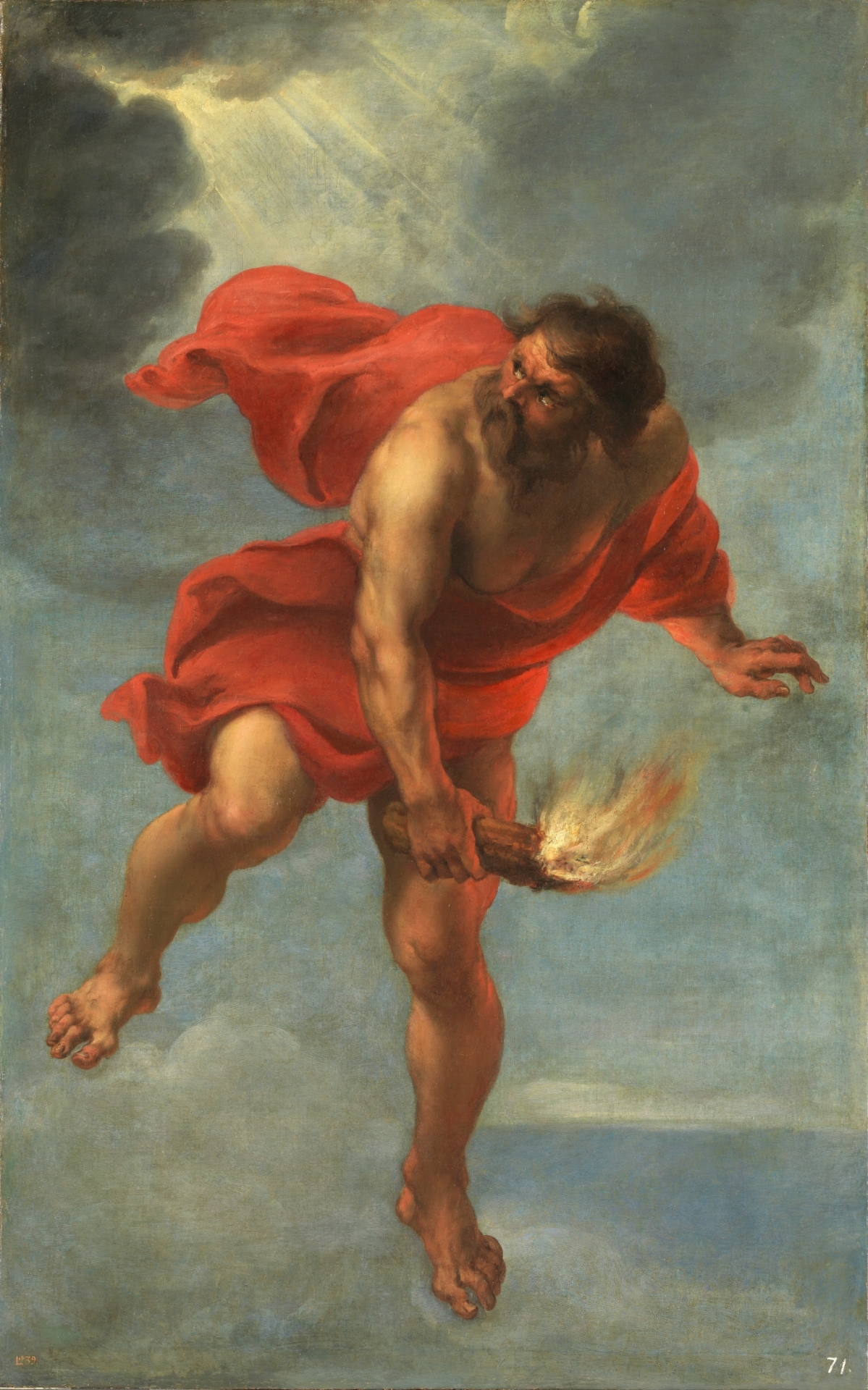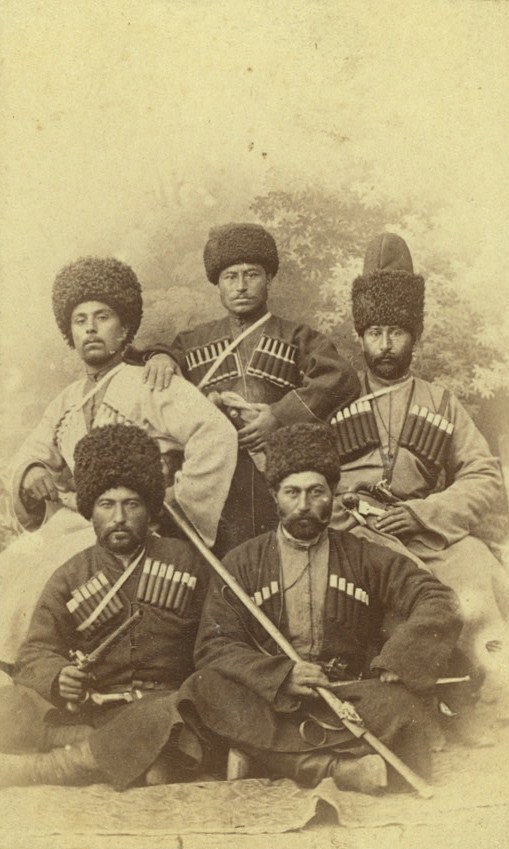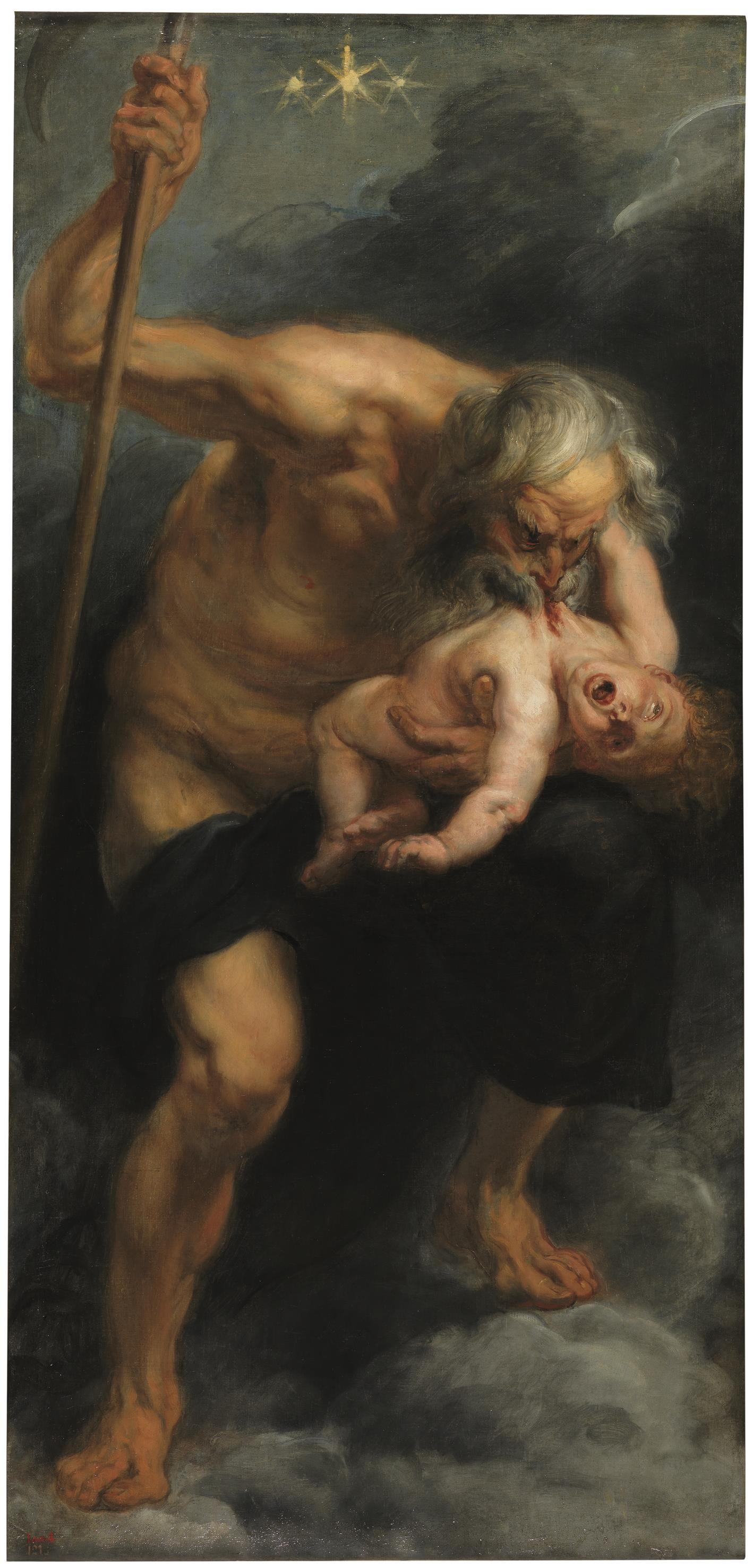|
Pkharmat
Pkharmat ( ce, Пхьармат , translit=Pẋarmat , lit=creator of the nation/language/land) is a legendary hero of the Vainakh people who stole fire for mankind, thus allowing them to forge metal, cook food, and light their homes, and uniting the people into a nation.Lecha Ilyasov. ''The Diversity of the Chechen Culture: From Historical Roots to the Present.'' For this Pkharmat was punished by being chained to Mount Kazbek. Pkharmat is the Vainakh equivalent of the Greek hero Prometheus and the Georgian hero Amirani, among others. Tale Pkharmat was a demigod, or Nart, who loved and pitied his people, for they had no fire. The only fire in the world was kept by the cruel god Sela,Anciennes Croyances des Ingouches et des Tchetchenes.Mariel Tsaroïeva the god of the stars, thunder and lightning. Sela would drive his fire-chariot across the heavens and fire lightning-arrows down to earth, to demonstrate his strength and to suppress the Narts. Because they had no fire, the Nar ... [...More Info...] [...Related Items...] OR: [Wikipedia] [Google] [Baidu] |
Nakh Peoples
The Nakh peoples, also known as ''Vainakh peoples'' (Chechen/Ingush: , apparently derived from Chechen , Ingush "our people"; also Chechen-Ingush), are a group of Caucasian peoples identified by their use of the Nakh languages and other cultural similarities. These are chiefly the ethnic Chechen (including the Chechen sub-ethnos, the Kists, in Georgia), Ingush and Bats peoples of the North Caucasus, including closely related minor or historical groups. The ethnonym "Nakhchi" Nakh peoples and Vainakh peoples are two terms that were coined by Soviet ethnographers such as the Ingush ethnographer Zaurbek Malsagov. The reasoning behind the creation of these terms was to unite the closely related nations of Chechen and Ingush into one term. The terms "Vainakh" (our people) and "Nakh" (people) were first used as a term to unite two peoples in 1928. It was subsequently popularized by other Soviet authors, poets, and historians such as Mamakaev and Volkova in their research. Accor ... [...More Info...] [...Related Items...] OR: [Wikipedia] [Google] [Baidu] |
Theft Of Fire
The theft of fire for the benefit of humanity is a theme that recurs in many world mythology, mythologies. This narrative is classified in the ''Motif-Index of Folk-Literature'' as motif A1415. Its recurrent themes include a trickster figure as the thief, and a supernatural guardian who hoards fire from humanity, often out of mistrust for humans. Examples Africa * The San peoples, the Indigenous peoples of Africa, indigenous Southern African hunter-gatherers, tell how ǀKaggen, in the form of a mantis, brought the first fire to the people by stealing it from the ostrich, who kept the fire beneath its wings. In another version of the myth, Piisi, koagu steals fire from the ostrich. The Americas * Among various Native American tribes of the Pacific Northwest and Native Americans in the United States, First Nations, fire was stolen and given to humans by Coyote, Beaver or Dog. * In Algonquin people, Algonquin myth, Rabbit stole fire from an old man and his two daughters. * In C ... [...More Info...] [...Related Items...] OR: [Wikipedia] [Google] [Baidu] |
Nart
The Nart sagas ( Abkhaz: Нарҭаа ражәабжьқәа; ''Nartaa raƶuabƶkua''; ady, Нарт тхыдэжъхэр, translit=Nart txıdəĵxər; os, Нарты кадджытæ; ''Narty kaddžytæ''; ''Nartı kadjıtæ'') are a series of tales originating from the North Caucasus. They form much of the basic mythology of the ethnic groups in the area, including Abazin, Abkhaz, Circassian, Ossetian, Karachay- Balkar, and to some extent Chechen- Ingush folklore. Etymology The term ''nart'' comes from the Ossetian ''Nartæ'', which is ''plurale tantum'' of ''nar''. The derivation of the root ''nar'' is of Iranian origin, from Proto-Iranian ''*nar'' for 'hero, man', descended from Proto-Indo-European '' *h₂nḗr''. In Ingush and Chechen, the word ''nart'' means 'giant'. Characters Some of the characters who feature prominently in the sagas are: * Sosruko ( Ubykh, Abkhaz and Adyghe: ''sawsərəqʷa'' (Саусырыкъо); Ossetian: ''Soslan'' (Сослан)) � ... [...More Info...] [...Related Items...] OR: [Wikipedia] [Google] [Baidu] |
Caucasus
The Caucasus () or Caucasia (), is a region between the Black Sea and the Caspian Sea, mainly comprising Armenia, Azerbaijan, Georgia, and parts of Southern Russia. The Caucasus Mountains, including the Greater Caucasus range, have historically been considered as a natural barrier between Eastern Europe and Western Asia. Mount Elbrus in Russia, Europe's highest mountain, is situated in the Western Caucasus. On the southern side, the Lesser Caucasus includes the Javakheti Plateau and the Armenian highlands, part of which is in Turkey. The Caucasus is divided into the North Caucasus and South Caucasus, although the Western Caucasus also exists as a distinct geographic space within the North Caucasus. The Greater Caucasus mountain range in the north is mostly shared by Russia and Georgia as well as the northernmost parts of Azerbaijan. The Lesser Caucasus mountain range in the south is occupied by several independent states, mostly by Armenia, Azerbaijan, and Georgia, but also ... [...More Info...] [...Related Items...] OR: [Wikipedia] [Google] [Baidu] |
Works And Days
''Works and Days'' ( grc, Ἔργα καὶ Ἡμέραι, Érga kaì Hēmérai)The ''Works and Days'' is sometimes called by the Latin translation of the title, ''Opera et Dies''. Common abbreviations are ''WD'' and ''Op''. for ''Opera''. is a didactic poem written by the ancient Greek poet Hesiod around 700 BC. It is in dactylic hexameter and contains 828 lines. At its center, the ''Works and Days'' is a Almanac, farmer's almanac in which Hesiod instructs his brother Perses (brother of Hesiod), Perses in the agricultural arts. Scholars have seen this work against a background of agrarian crisis in mainland Greece, which inspired a wave of Greek colonies, colonial expeditions in search of new land. In the poem, Hesiod also offers his brother extensive moralizing advice on how he should live his life. ''Works and Days'' is perhaps best known for its two mythological aetiology, aetiologies for the toil and pain that define the human condition: the story of Prometheus and Pandora, ... [...More Info...] [...Related Items...] OR: [Wikipedia] [Google] [Baidu] |
Theogony
The ''Theogony'' (, , , i.e. "the genealogy or birth of the gods") is a poem by Hesiod (8th–7th century BC) describing the origins and genealogies of the Greek gods, composed . It is written in the Epic dialect of Ancient Greek and contains 1022 lines. Descriptions Hesiod's ''Theogony'' is a large-scale synthesis of a vast variety of local Greek traditions concerning the gods, organized as a narrative that tells how they came to be and how they established permanent control over the cosmos. It is the first known Greek mythical cosmogony. The initial state of the universe is chaos, a dark indefinite void considered a divine primordial condition from which everything else appeared. Theogonies are a part of Greek mythology which embodies the desire to articulate reality as a whole; this universalizing impulse was fundamental for the first later projects of speculative theorizing. Further, in the "Kings and Singers" passage (80–103) Hesiod appropriates to himself the authority u ... [...More Info...] [...Related Items...] OR: [Wikipedia] [Google] [Baidu] |
Hesiod
Hesiod (; grc-gre, Ἡσίοδος ''Hēsíodos'') was an ancient Greek poet generally thought to have been active between 750 and 650 BC, around the same time as Homer. He is generally regarded by western authors as 'the first written poet in the Western tradition to regard himself as an individual persona with an active role to play in his subject.' Ancient authors credited Hesiod and Homer with establishing Greek religious customs. Modern scholars refer to him as a major source on Greek mythology, farming techniques, early economic thought, archaic Greek astronomy and ancient time-keeping. Life The dating of Hesiod's life is a contested issue in scholarly circles (''see § Dating below''). Epic narrative allowed poets like Homer no opportunity for personal revelations. However, Hesiod's extant work comprises several didactic poems in which he went out of his way to let his audience in on a few details of his life. There are three explicit references in ''Works and Days'' ... [...More Info...] [...Related Items...] OR: [Wikipedia] [Google] [Baidu] |
Ferula
''Ferula'' (from Latin ''ferula'', 'rod') is a genus of about 220 species of flowering plants in the family Apiaceae, native to the Mediterranean region east to central Asia, mostly growing in arid climates. They are herbaceous perennial plants growing to 1–4 m tall, with stout, hollow, somewhat succulent stems. The leaves are tripinnate or even more finely divided, with a stout basal sheath clasping the stem. The flowers are usually yellow, rarely white, produced in large umbels. Many plants of this genus, especially '' F. communis'', are referred to as "giant fennel," although they are not fennel in the strict sense. Selected species The Roman spice laser or laserpicium probably came from a species of ''Ferula'', either an extinct one or ''Ferula tingitana'', though other identities have been suggested. Uses The gummy resin of many species of ''Ferula'' is used for various purposes: :''Ferula foetida'', ''Ferula assa-foetida'' and some other species are ... [...More Info...] [...Related Items...] OR: [Wikipedia] [Google] [Baidu] |
Uranus (mythology)
In Greek mythology, Uranus ( ), sometimes written Ouranos ( grc, Οὐρανός, , sky, ), is the personification of the sky and one of the Greek primordial deities. According to Hesiod, Uranus was the son and husband of Gaia (Earth), with whom he fathered the first generation of Titans. However, no cult addressed directly to Uranus survived into Classical times, and Uranus does not appear among the usual themes of Greek painted pottery. Elemental Earth, Sky, and Styx might be joined, however, in solemn invocation in Homeric epic. Uranus is associated with the Roman god Caelus and the Jewish god Yahweh. Etymology Most linguists trace the etymology of the name to a Proto-Greek form ''*Worsanós'' (), enlarged from *''ṷorsó-'' (also found in Greek ''()'' 'to urinate', Sanskrit ''varṣá'' 'rain', Hittite ''ṷarša-'' 'fog, mist').Robert S. P. Beekes, ''Etymological Dictionary of Greek'', vol. 2 (Leiden: Brill, 2009), 1128–1129. The basic Indo-European root is ''* ... [...More Info...] [...Related Items...] OR: [Wikipedia] [Google] [Baidu] |
Cronus
In Ancient Greek religion and mythology, Cronus, Cronos, or Kronos ( or , from el, Κρόνος, ''Krónos'') was the leader and youngest of the first generation of Titans, the divine descendants of the primordial Gaia (Mother Earth) and Uranus (Father Sky). He overthrew his father and ruled during the mythological Golden Age, until he was overthrown by his own son Zeus and imprisoned in Tartarus. According to Plato, however, the deities Phorcys, Cronus, and Rhea were the eldest children of Oceanus and Tethys. Cronus was usually depicted with a harpe, scythe or a sickle, which was the instrument he used to castrate and depose Uranus, his father. In Athens, on the twelfth day of the Attic month of Hekatombaion, a festival called Kronia was held in honour of Cronus to celebrate the harvest, suggesting that, as a result of his association with the virtuous Golden Age, Cronus continued to preside as a patron of the harvest. Cronus was also identified in classical antiqui ... [...More Info...] [...Related Items...] OR: [Wikipedia] [Google] [Baidu] |
Ouranos
In Greek mythology, Uranus ( ), sometimes written Ouranos ( grc, Οὐρανός, , sky, ), is the personification of the sky and one of the Greek primordial deities. According to Hesiod, Uranus was the son and husband of Gaia (Earth), with whom he fathered the first generation of Titans. However, no cult addressed directly to Uranus survived into Classical times, and Uranus does not appear among the usual themes of Greek painted pottery. Elemental Earth, Sky, and Styx might be joined, however, in solemn invocation in Homeric epic. Uranus is associated with the Roman god Caelus and the Jewish god Yahweh. Etymology Most linguists trace the etymology of the name to a Proto-Greek form ''*Worsanós'' (), enlarged from *''ṷorsó-'' (also found in Greek ''()'' 'to urinate', Sanskrit ''varṣá'' 'rain', Hittite ''ṷarša-'' 'fog, mist').Robert S. P. Beekes, ''Etymological Dictionary of Greek'', vol. 2 (Leiden: Brill, 2009), 1128–1129. The basic Indo-European root is ''* ... [...More Info...] [...Related Items...] OR: [Wikipedia] [Google] [Baidu] |
Tukkhum
Tukkhum is a term and system introduced in the 1920s and 1930s, most notably by Soviet Chechen writer Magomed Mamakaev in 1934. This system does not properly apply to the Chechen nation and the social structure of Chechen clans. Mamakaev proposed that the Chechen tukkhum was a type of military-economic union between certain groups of teips, not through consanguinity but established for specific purposes, such as military alliances and for economic trade; that the tukkhum occupied a specific territory, which was inhabited by the members of the tukkhum. He also stated that each tukkhum spoke a different dialect of the same Vainakh language. Despite this, it is still a relatively important social grouping, as seen through various Chechen authors and scholars using it in their descriptions of the Vainakh social structure, as well as its featuring on the Coat of Arms of the Chechen Republic of Ichkeria. Etymology The term is of foreign origin and some suggest it comes from the old Pe ... [...More Info...] [...Related Items...] OR: [Wikipedia] [Google] [Baidu] |








